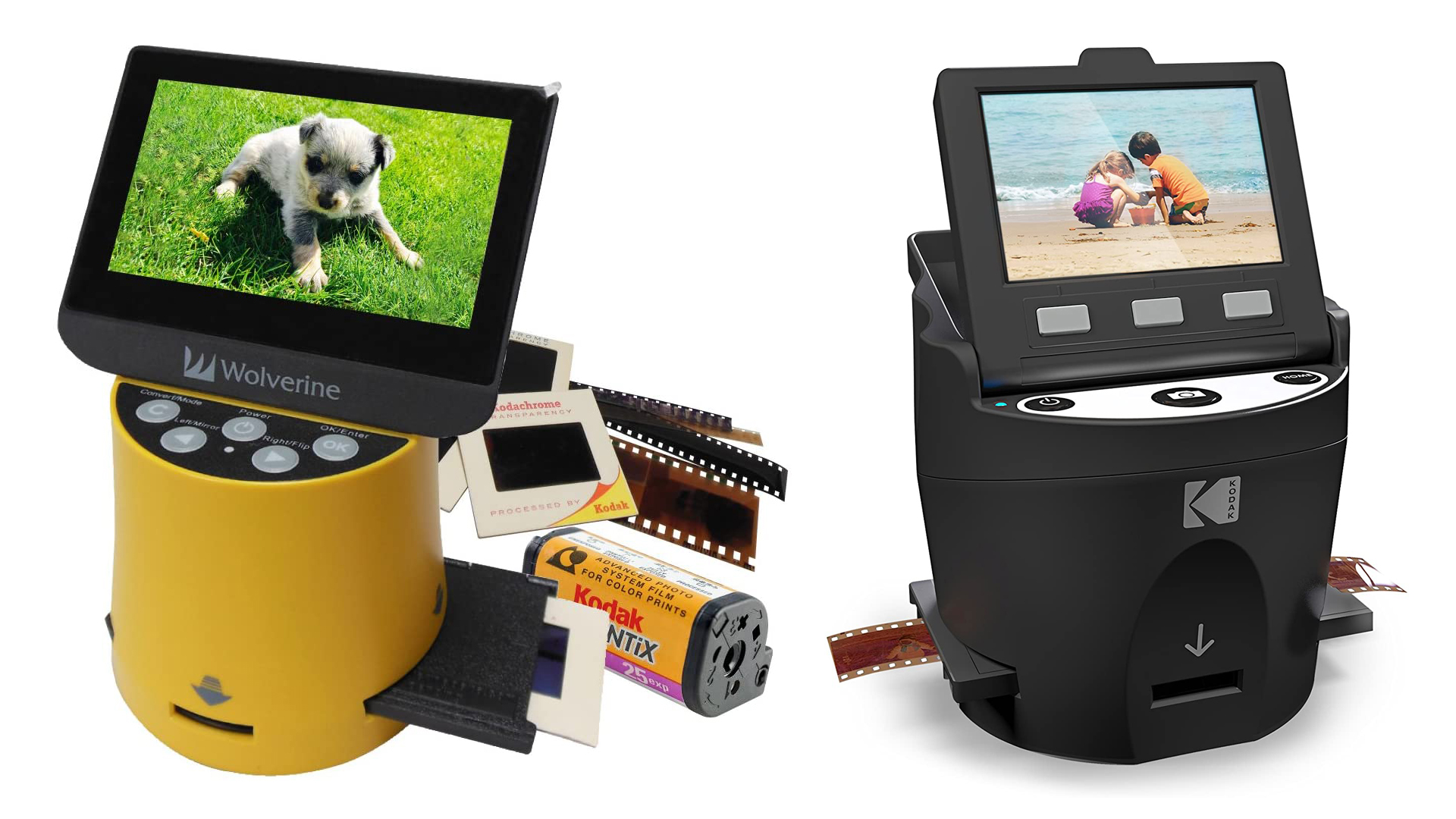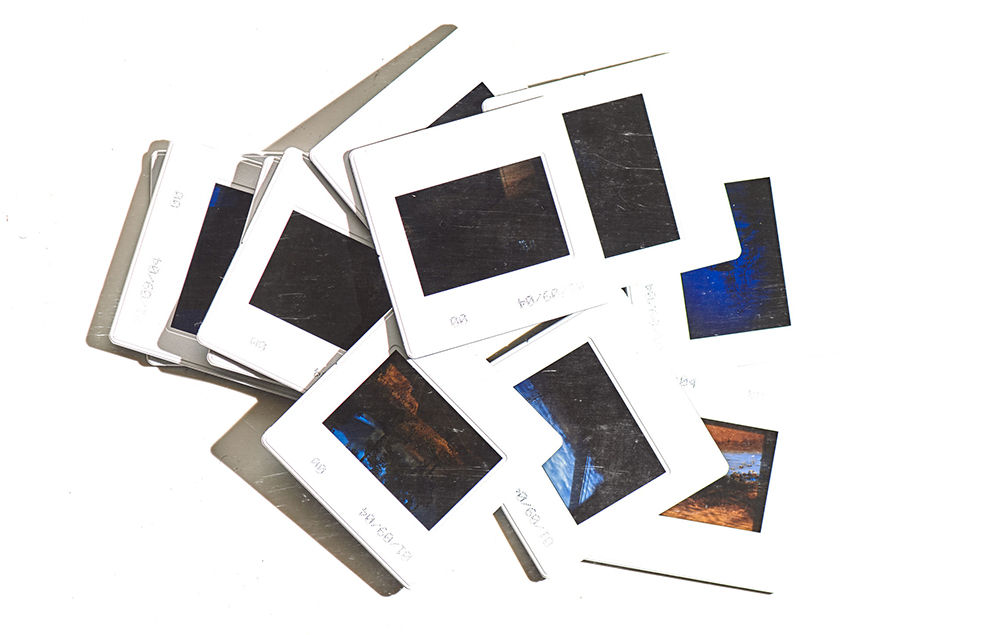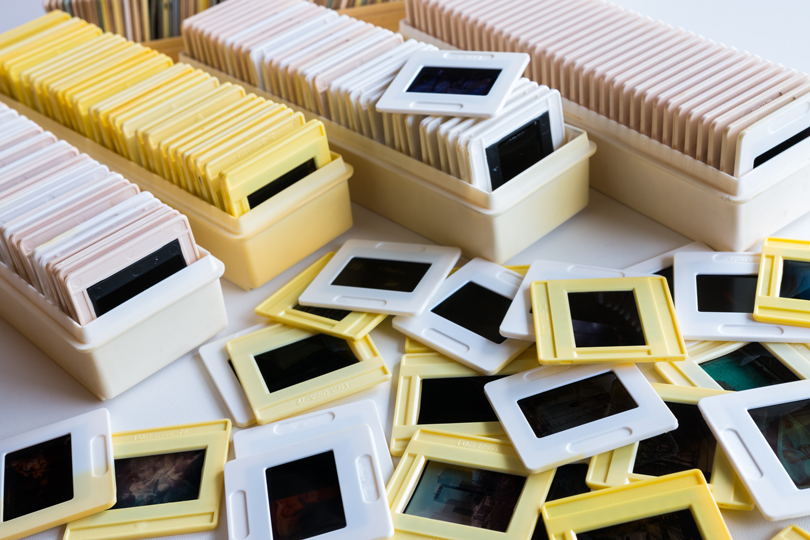Digital Picture Converters
We went through over 60 hours of testing and investigating the best slide to digital picture converters, gathering data about more established media designs, and noticing the most well-known sizes for converting slides. Then, at that point, we conducted active testing with the best items available to discover the things you can’t gain from a specs sheet. We ran different organizations of media through the machines to test their ease of use, highlights, execution, viability, and outcome.
Please visit The Imaging Professionals at 173a Walsgrave Road, Coventry CV2 4HH to scan your 35mm photo slides to digital or call 02476101687 to discuss your photo scanning requirements, quote and request an order form.
Configuration Similarity
While picking a converter, it’s ideal, to begin with, a smart thought of the sorts of media you need to digitise. Each slide to digital converter in our examination can convert 35mm slides and negatives, so furthermore, we explicitly searched for slide scanners that could oblige different kinds of media, for example, 110 slides and negatives, 126 slides and negatives, Super 8 film, and surprisingly physical photo prints. We tracked down that the capacities of these converters will in general be categorised as one of two classifications: ready to convert all slide and film organises however not Super 8 or physical prints, or ready to convert 35mm slides and film, alongside physical prints, yet nothing else.
The best slide to digital picture converters accompanies plastic edge holders for each media size they are viable with. These save each slide or piece of film and keep it level while the converter scans and digitises it. Top-notch plastic casings ought to permit you to delicately move the film or slides without twisting, harming, or smirching them.
Speed
This cheap slide and negative scanners work gradually, stacking possibly each piece of film in turn or up to three slides at a time. While this isn’t repulsive in the event that you just have few slides to convert, it tends to be horrendously time-consuming in the event that you have an endless supply of exemplary media that should be digitised. Plan on it taking as much as one moment for every slide. On the off chance that you have a high amount of slides to convert, you may need to consider expert scanner assistance.
Picture Goal
The yield goal of a slide to digital picture converter demonstrates how clear the digital pictures will be in megapixels (MP). A bigger yield goal typically implies a clearer and more nitty-gritty digitized picture. This additionally implies you can expand the picture while as yet holding quality, and higher-goal pictures can be simpler to alter.
Remember that these converters aren’t wizardry and, thusly, can’t make a bad quality picture abruptly clearer. In the event that you have a fluffy old photo, you will not wind up with a high-goal picture. A little, low-goal slide or print will not really look better digitized, nor will it hold up in case you’re expecting to explode it to a tremendous size. Given this, we somewhat preferred converters that guarantee a 22GB yield goal, yet we didn’t intensely punish those that don’t in our rankings.
Actual Plan
slide scanners for the most part fall under one of two form plans: a little unit the size of a grapefruit implied exclusively for slides and negatives, or a bigger unit generally twice as large and fit for dealing with slides, negatives, and numerous sizes of physical prints. No unit gauges in excess of five pounds, so they’re not difficult to move around. Most converters we explored have independent activity and don’t should be connected to a PC to work. A few units additionally have battery-powered batteries so you’re not fastened to an outlet.
By far most of the models let you save pictures to an SD card to see on a viable gadget, yet numerous additionally have a TV-out jack so you can show pictures on your TV. A few gadgets are likewise joined by the important links and a client manual. We discovered converters with links and ports situated in the back of the gadget are least demanding to utilize on the grounds that they keep the wires out of your way. We likewise preferred gadgets with SD card ports situated on or close to the front of the gadget since they’re not difficult to get to.
Models with worked in shading screens give you a set of your pictures when converting. Most of these screen’s measure around 2.5 inches, so while they give you a thought of how your photos will look once converted, the review is little. Screens that were calculated vertical slightly were simpler to see on a table than those that confronted straight forward.
Shading And Openness Change
Generally slide to digital picture converters let you change tone and openness for each picture directly on the gadget. Some permit you to make digital alters prior to converting, so you can perceive what the eventual outcome resembles before conversion, while others just let you make alters in the wake of digitizing the picture. We suggest a converter that allows you to alter the picture before conversion; that way you don’t wind up with numerous duplicates of each image.
We tracked down that the best gadgets give you granular control over how much red, green, and blue you can apply to each image, as opposed to preset sums. The equivalent goes for changing the brilliance for your picture.
Independent Versus PC Subordinate Converters
There are two principal sorts of digital converters – ones with independent usefulness and ones that should be connected to a PC to work. Independent converters are the more modest of the two and have shown screens incorporated into them, which you can use to see and alter your pictures or explore the menu to discover different settings. This style of the converter is not difficult to move around and will not occupy a lot of room when away.


